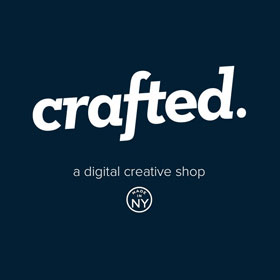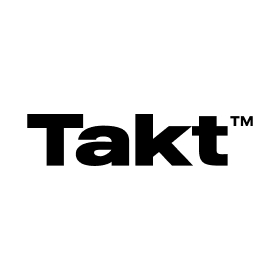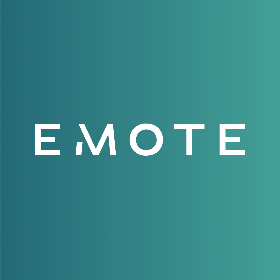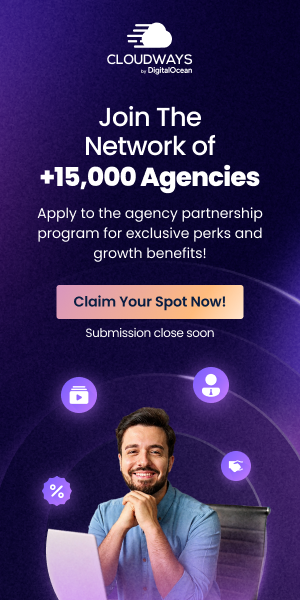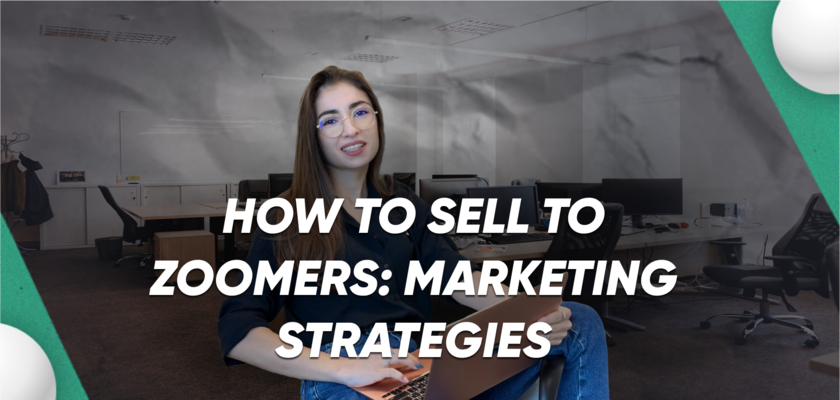
How to Sell to Zoomers: Digital Marketing Strategies in the Youth Market
What do you know about the generation of zoomers, their preferences, habits, and behavior as consumers? Perhaps your children, grandchildren, brothers or sisters belong to this age category? Maybe you are a representative of this demographic group yourself? By understanding the unique features of this very young generation of consumers, it is possible to build effective interaction with the audience and enter a profitable market to achieve long-term success.
Getting to Know the Zoomers
The generation of zoomers is currently the youngest of the existing ones and partially belongs to the future, since it covers the years 2006-2029. Given the growing purchasing power, it is important to understand the psychology of behavior of this demographic group in order to effectively target them in advertising and marketing strategies.
Zoomers are well versed in digital technology because they grew up in a world where immersiveness and social media are an integral part of everyday life. They value originality, inclusivity and personalization, and are known for their ability to filter information and make informed purchasing decisions.
With the approach of working age and reproductive age, zoomers in the near future will form the main labor and entrepreneurial force, displacing older generations. Zoomers do not easily succumb to traditional advertising, preferring to rely on friends’ recommendations and online reviews when making purchase decisions. This means that companies must have a good reputation on the Internet and actively interact with their target audience on social networks.
Differences between generations
One of the key differences between zoomers and previous generations is their values and beliefs. While baby boomers and millennials were heavily influenced by traditional values, zoomers grew up in the digital age, constantly surrounded by the Internet and social media, which had a significant impact on their outlook on life. As a result, a generation has emerged that is well versed in technology and values convenience, efficiency and innovation.
Zoomers are used to having information at hand and expect instant satisfaction of their needs. The whole world is literally at their fingertips. This generation strongly strives for authenticity. They are more aware of the impact their purchases have on the world, and they are attracted to brands that match their values. Companies focused on zoomers should give priority to sustainable development, diversity and inclusivity.
Preferences, views and values of the Zoomer generation
Zoomers are credited with a keen sense of insight when it comes to interacting with brands. They quickly notice insincerity, and they are not easily influenced by traditional marketing strategies. Instead, they value the authenticity and transparency of the brands they support. This means that in order to inspire confidence in representatives of this generation, brands must be honest about their values, beliefs and business practices.
One way to incorporate these values into advertising campaigns and marketing strategies is to ensure transparency of the production process. By demonstrating the behind-the-scenes production of a product, brands can demonstrate their commitment to transparency and authenticity. Another way to appeal to the values of the Zoomers is to openly talk about any mistakes.
This generation values responsibility and expects brands to take responsibility for their actions.
Cases of Marketing for Zoomers
A successful example of authenticity can be called the Dove “Real Beauty” campaign, in which real women of different shapes, sizes and backgrounds participated instead of traditional models. This campaign resonated with zoomers and was widely praised for promoting body positivity and inclusivity.
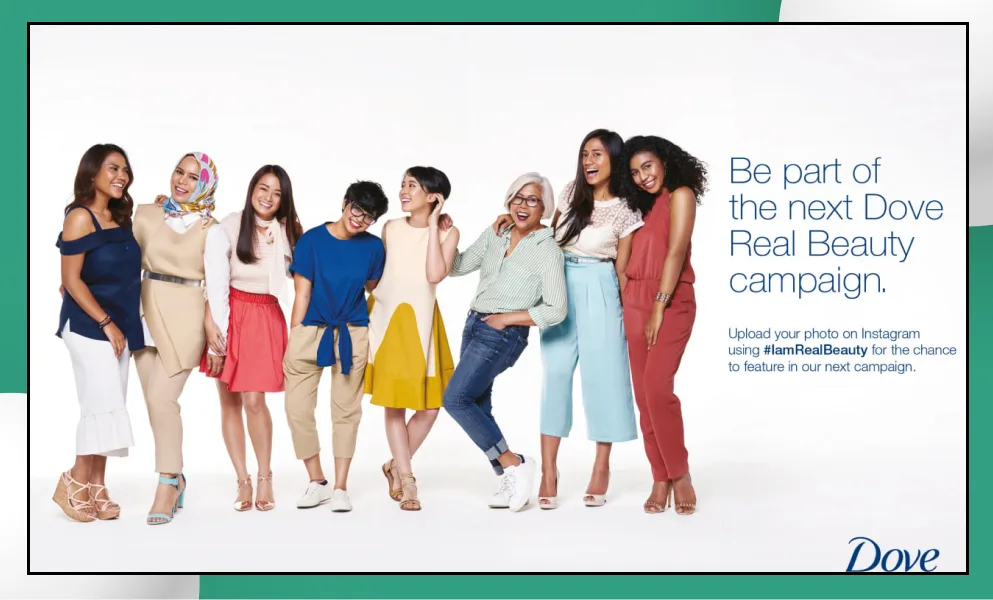
Another example is Patagonia’s “Don’t Buy This Jacket” campaign, which encouraged consumers to think twice before buying new clothes and consider the environmental impact of their choices.
Opinion Leaders and User-generated content
Traditional TV advertising is becoming less effective in reaching this audience. This is where opinion leaders come into play, who have formed a loyal and interested subscriber base and created relevant and authentic content. Zoomers are strongly influenced by opinion leaders, millionaire bloggers, and social media celebrities. Influencers have become a powerful marketing tool for brands trying to reach this audience.
With a large number of subscribers and a strong influence on their subscribers’ purchasing decisions, partnering with influencers can be a very effective way to reach and interact with consumers of this generation. By collaborating with influencers, brands can leverage established trust and credibility among followers, which leads to a more effective way to interact with a given target audience.
Companies should also consider using user-generated content to reach zoomers who are more willing to listen to reviews and recommendations from friends than to traditional advertising. Therefore, it is worth making more active use of user-generated content, such as reviews, social media posts and reviews. User-generated content also adds authenticity to the brand’s marketing strategies, as it shows real people using the product or service, rather than paid actors or models.
Beyond the factors of trust and authenticity, using influencers and user-generated content is a cost-effective approach for brands seeking to reach zoomers. Instead of investing in expensive advertising campaigns, brands can collaborate with influencers or encourage their audience to create and share user-generated content.
In addition, these tactics help to stay relevant and keep abreast of constantly evolving trends and preferences of zoomers, as opinion leaders are often at the forefront of trends.
Personalized Marketing for the Zoomer Generation
Having grown up in a world where everything is at their fingertips, Zoomers are used to choosing things that match their specific preferences and needs. This mindset has greatly influenced their buying habits, as they prioritize convenience and personalization when making purchase decisions.
Zoomers want to feel that the products or services they buy are created specifically for them. They want to see themselves represented in the brands they support. That’s why companies offering personalized experiences are winning the loyalty of zoomers. To work effectively with this generation, brands need to understand the importance of including personalization and customization in their advertising and marketing strategies.
Cases of personalized marketing
One of the most successful examples of a brand that has used personalized marketing for zoomers is Coca-Cola. Coca Cola’s marketing strategies are highly popular and in 2019, the company launched the “Share a Coke” campaign, in which it replaced its logo with popular names and phrases on bottles and cans. This personalized approach resonated with the zoomers, who were happy to find their name or the names of their friends and relatives on the bottles.
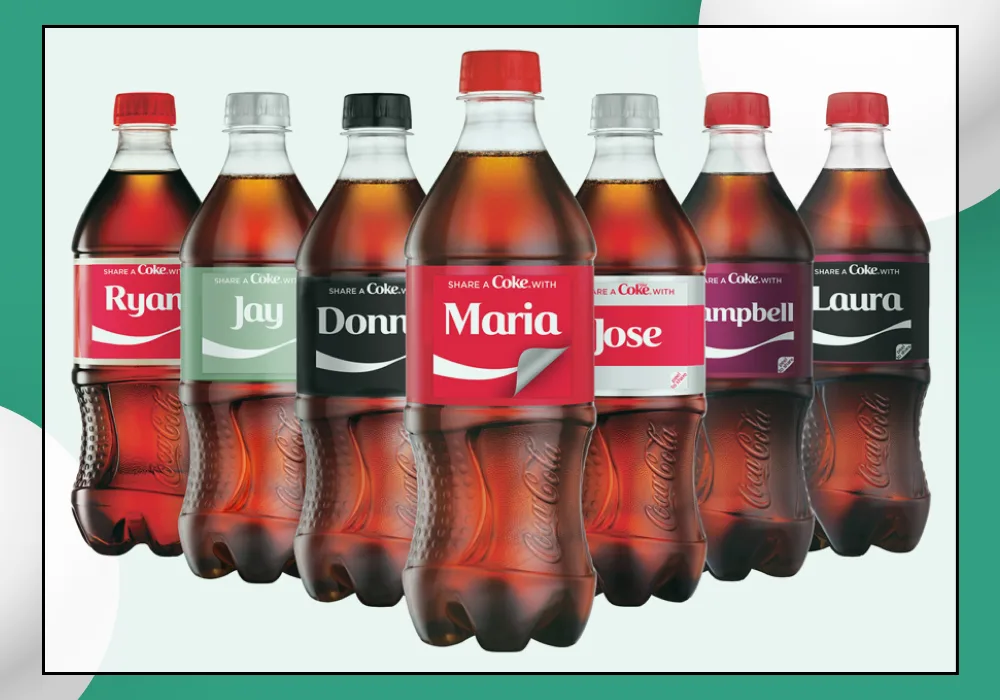
Another brand that has successfully implemented personalization into its marketing efforts is Nike. With the Nike By You program, customers can create their own shoes, choosing from colors to materials. This allows zoomers to express their individuality and create a unique product that reflects their personal style and preferences.
FOMO Strategies in Advertising and Marketing
The FOMO culture (fear of missing out) is deeply ingrained in the mindset of zoomers, which makes it a powerful business tool to connect with this audience. The fear of missing out is fueled by the constant need to stay in touch and be aware of what is happening around you.
By emphasizing limited availability or a time-limited offer, brands can exploit zoomers’ fear of missing out and motivate them to act quickly. This can be done through publications on social networks, e-mail newsletters, push notifications. By making the audience feel that they need to act quickly to become part of something exclusive, brands can encourage zoomers to make a purchase or try out a new product.
Another way to use FOMO in marketing efforts is to create a sense of social acceptance. Zoomers are strongly influenced by their peers and the opinions of other people. This can be achieved through user-generated content, support from influencers, or even using social proof from people who have already purchased a product or participated in an event.
Some successful campaigns that have effectively used FOMO to attract the zoomer generation include H&M’s collaboration with designer Moschino. The limited edition collection sold out within hours of its release, which created a sense of urgency and exclusivity for zoomers.
Storytelling in Advertising
Zoomers support brands with their own history and the purpose behind their products or services. They want to know the history of the brand, what drives it and how it is changing the world. That’s why the inclusion of storytelling in advertising is crucial for brands seeking to reach this generation. This not only effectively attracts the attention of zoomers, but also allows brands to stand out in a competitive market.
Storytelling example by Nike
One example of a successful campaign that resonated with zoomers through storytelling is the Nike “Dream Crazy” campaign featuring Colin Kaepernick. He tells his success story and simultaneously touches on important social issues like racial injustice and police brutality. The advertisement resonated deeply with the zoomers, sparked discussions and received the support of the younger generation, which eventually led to an increase in Nike sales. Nike’s digital marketing campaigns strive to forge an emotional bond with its audience, ensuring the campaigns leave a lasting impression.
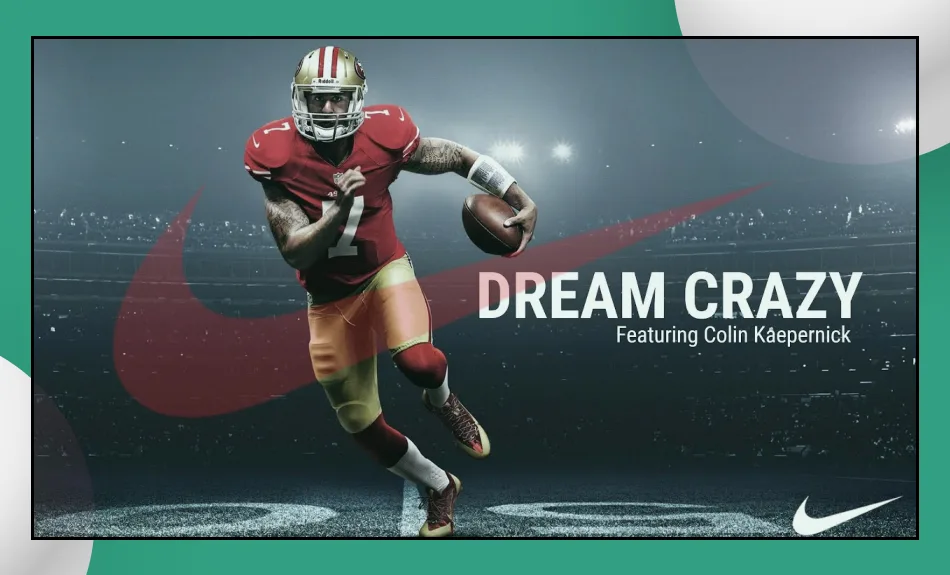
Gamification in Advertising
Gamification and interactivity are becoming increasingly popular in the advertising world, especially when it comes to targeting zoomers. What is gamification? Simply put, it is the process of incorporating game elements into non-gaming activities. Interactive elements offer active consumer engagement in the advertising experience. This can include quizzes, surveys and sweepstakes, virtual and augmented reality experiences. These elements not only attract the attention of zoomers, but also allow them to feel part of the brand.
One of the ways of gamification is a mobile application that will allow consumers to interact with the brand in a playful way. For example, a clothing brand can create a virtual wardrobe where consumers can mix and match different items to create outfits and receive rewards for completing tasks or sharing their creations on social networks.
Another idea is to use interactive elements in social media ads. For example, a grocery brand can create a survey in stories, asking consumers to vote for their favorite flavor or recipe.
Brands can use virtual or augmented reality technologies to allow consumers to interact with the brand and its products.
This not only creates an unforgettable experience for consumers, but also causes a stir and reposts on social networks.
Conclusion
Zoomers are the most difficult and unexplored group of people. Study them to become the first in the market, where zoomers will gradually become the main consumer. And if you need a company that will help you understand your target audience, then contact WGG agency!


